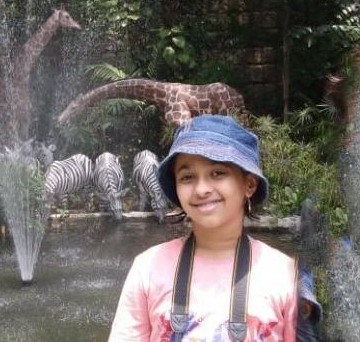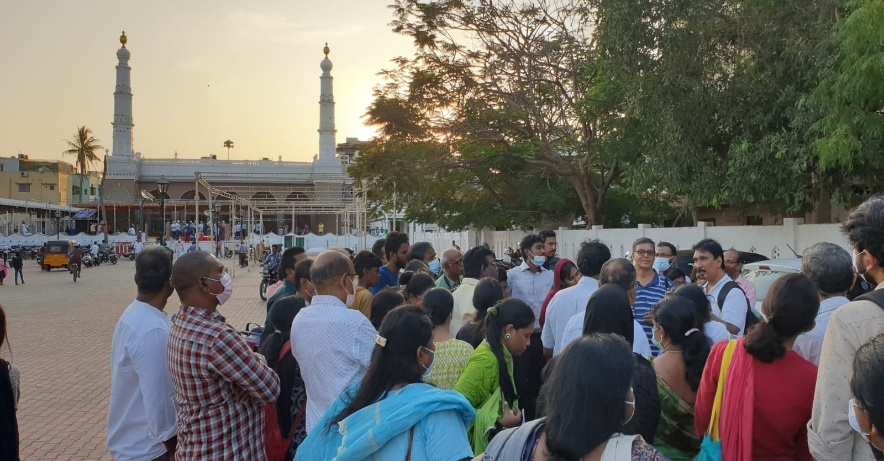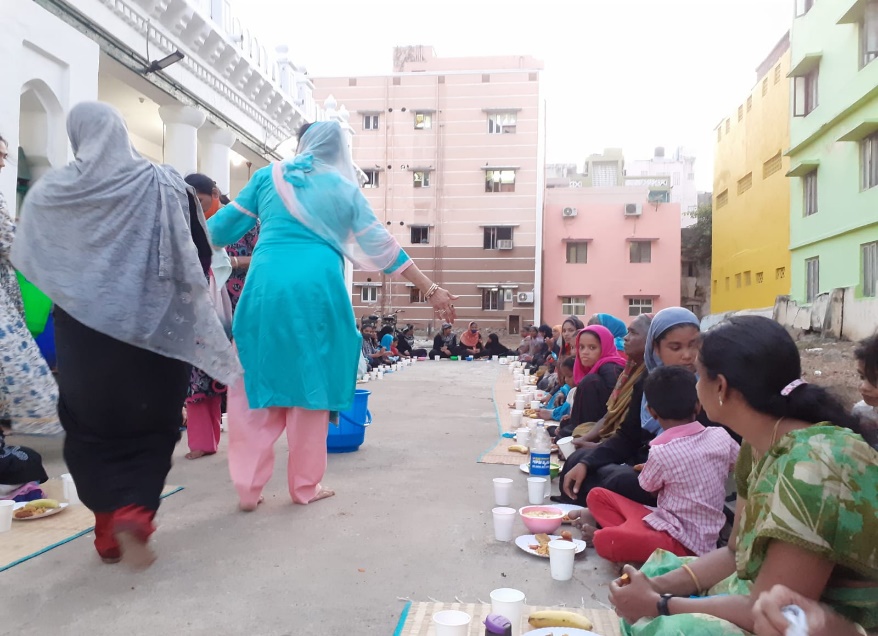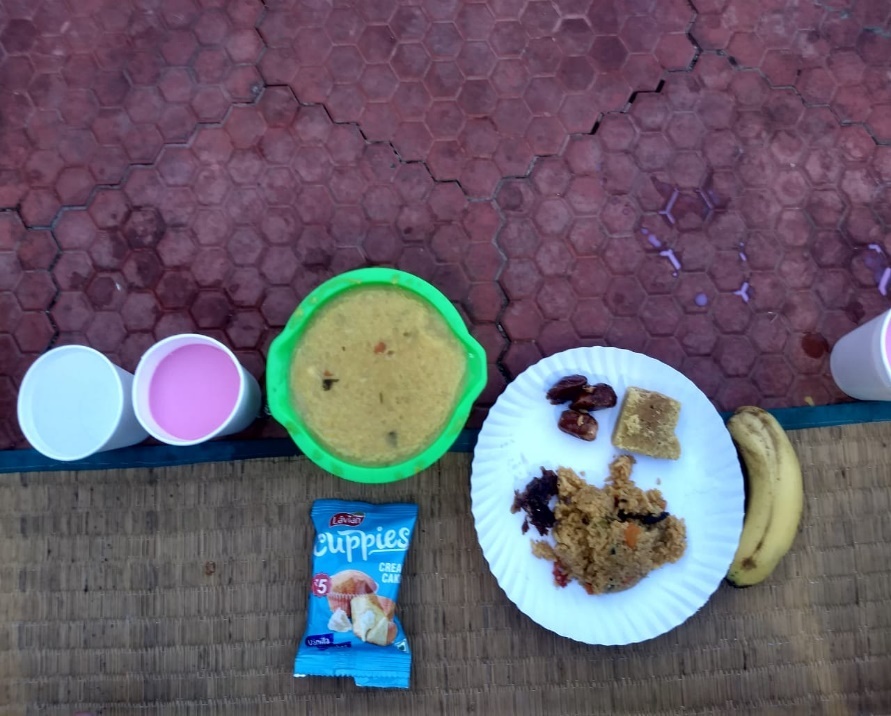What would be a better way to learn about the insight of any tradition than by going for a heritage walk! The lower number of cases and restrictions had made it possible for the history enthusiasts to step out and cherish the experience of a walk during the Ramzan time this year.
Kombai S Anwar has been passionately conducting a Ramadan Walk for the past 6 years. He had not only made the participants experience the practice of iftar but had even included the sight of the market areas to get an essence of it too. “I had first conducted this walk for a Madras Day event but now it has become a yearly event and I have been conducting this walk for the past 6 years,” proudly recalls Anwar, the history icon and filmmaker.
Ramaḍān, the ninth month of the Muslim calendar is also the holy month of fasting and praying. This was the month in which the first verse of the Quran was written. To show gratitude and to remember Prophet Muhammad, the Muslims fast every year during the month. It is also believed to cleanse one’s inner and outer self.
Sunset is the time to break the fast during Ramzan month. This is known as the iftar. This walk was specially conducted for enthusiasts to experience the iftar ritual and the nutrient-rich food the mosque provides to nourish oneself after a daylong fast.
This walk took place in the Big Mosque or the Walajah Mosque in Triplicane, Chennai, built in 1794 during the nawab’s establishment. Abdul Rasul who is a coin collector had brought with him a few coins to the walk. They were proof of how the Arcot Nawabs had Hindu Deities carved on the coins. People even took a glance and were allowed to touch the coin to get the feel of the intricate carvings.
In the mosque, people were seated on the basis of gender. This was an important practice followed as it avoided the discrimination of people against the creed. Unlike other places in the country, only division of Urdu And Tamil Muslims is observed in Tamil Nadu. All the men were seated inside the Big Mosque and the women were in the dargah within the mosque. Everyone was served by a group of Sindhi Hindu people from the Sufidar Trust. The food is served a few minutes prior to sunset. “It is the most crucial time of the fasting when the food is served, in front of you but, you cannot eat it until the muezzin’s instruction” adds Anwar.
It was about sunset time when the people broke their fast. They first eat dates and drink water to nourish themselves with nutrients after a day-long fast. Then the ‘Nombu Kanji‘, a porridge made of rice and lentils, is known to taste heavenly when one fasts for an entire day. Chilled rose milk, fresh bananas, vanilla cupcakes, porous Mysore pak and the best spicy biriyani followed.
After finishing the iftar meal, Dr. Jahir Husain Jamia, who had achieved the feat of translating the Thirukkural to Arabic, shared a crux of how Muslims get together to celebrate Ramzan. The ones that fascinated the enthusiasts were the practice of i’tikaf where the Muslims devote their time to praying by staying in and praying inside the mosque. The practice of tawbah is where people confess their sin and redemption to god.
Sadaqat-ul-Fitr where the Muslims find poor people and give them food to feed on is a heart-touching practice. This is done for the poor to feel included during the Ramadan month. Professor was also worried about how these trends have died down due to the passing of generations. “When I was a child, I used to go home after home to collect zakat (tribute given for the poor) during this month” remembers Dr Jahir.
It is indeed a pleasant sight to see that the current generations are giving their level best to keep the ancient customs and traditions alive; isn’t that what brings joy and satisfaction? People of all castes gather together, eating, praying, celebrating … After all the societies have customs and traditions carried over to generations.

Medha loves listening to all genres of music, loves to draw and paint, passionate about cooking and baking and eating it too! A heritage enthusiast, aspiring gymnast, a budding basketball and badminton player, she enjoys cycling and loves spending time with friends and family.



